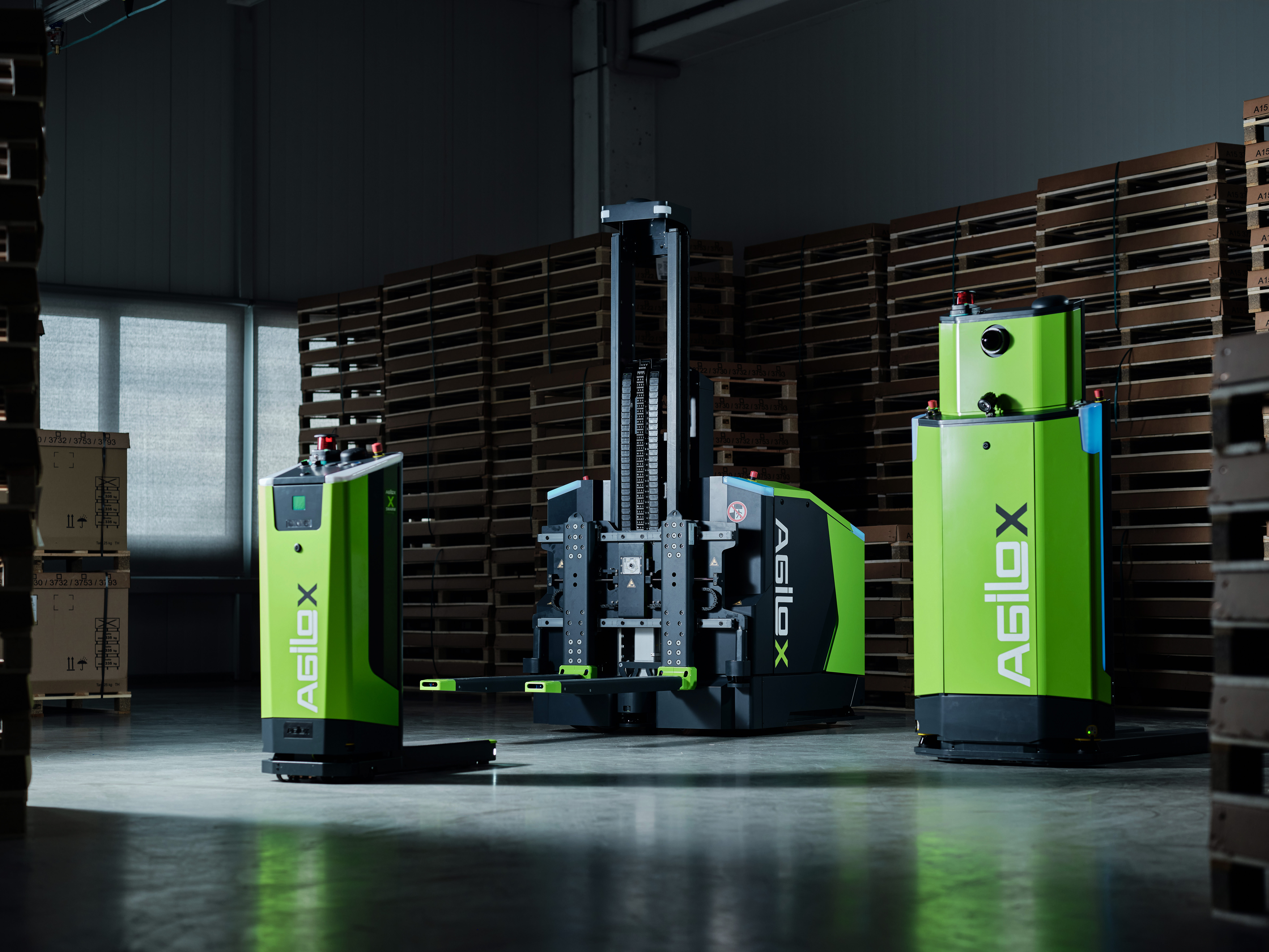As a rule, the automation of work processes is always accompanied by reservations on the part of your employees.
Concerns about being replaced by machines have preoccupied workers at least since the "Industrial Revolution". Not entirely without reason, as history has shown since then. In the recent past, the "Digital Revolution" has also led to further drastic changes in the world of work - not least through automation.
Automation offers significant advantages and improvements for all employees in work processes with a substantial risk of danger and accidents, such as intralogistics.
For this reason, you should get the affected employees on board right from the start and involve them in the change process from the very beginning.
Highlighting the benefits of AMRs for employees
"Autonomous Mobile Robots" or abbreviated AMRs are used to take over potentially dangerous and physically heavy and/or monotonous work processes. Their primary task is to maximize the safety of your employees.
However, taking over processes with a substantial risk of accidents and injuries does NOT mean that the employees affected are replaced by AMRs.
On the contrary, by retraining and upgrading these employees to much higher value-added work, they are upgraded, while you can fill vacancies without hiring new people and significantly increase the efficiency of your production.
In addition, automation using AMRs, as a result of maximum safety standards, leads to many other benefits for your personnel:
+ Fewer accidents. Fewer illnesses. Less sick leave.
+ Safer working conditions, better climate
+ Higher job security thanks to the higher vitality of your company
+ Securing essential knowledge through education and training.
System training of AMRs
All your employees must receive systematic training of the respective AMRs to develop an in-depth basic understanding of their functioning, operation, and control modalities. This is the only way to check from all angles whether all systems are functioning optimally, especially in the initial phase or after changes and adjustments, and whether the logistical interaction of AMRs, personnel, and forklifts on the one hand and the interaction with the logistics plans and production on the other is functioning optimally.
Safety training with AMRs
To ensure the highest possible safety when AMRs, personnel, and manually controlled forklifts are used collaboratively on the same routes and links, AMRs have comprehensive safety technology. Special sensors and predictive control systems ensure that collaborative processes are continuous and collision-free. If the sensors register an obstacle, the AMR brakes immediately and probes the situation to see if there is sufficient space to take evasive action - in which case it continues its way after the evasive maneuver - or calculates an alternative route to the destination.
During a safety training course, your employees will gain an insight into the complex safety systems of AMRs and gain confidence in the reliability of the safety technology using practical applications that can be experienced directly.
Eliminate all questions
Before the final commissioning, it is advisable to conduct FAQ rounds to ensure that all questions and concerns on the part of the employees have been completely clarified. Only then should you move on to the practical implementation phase.
What other points should you consider when switching to and starting automated transport systems?
You will find a summary in the form of a free checklist, which you can download here. In addition to the current topic, you will also find a detailed article on each of the points listed above, such as this one, which you can also access free of charge.



